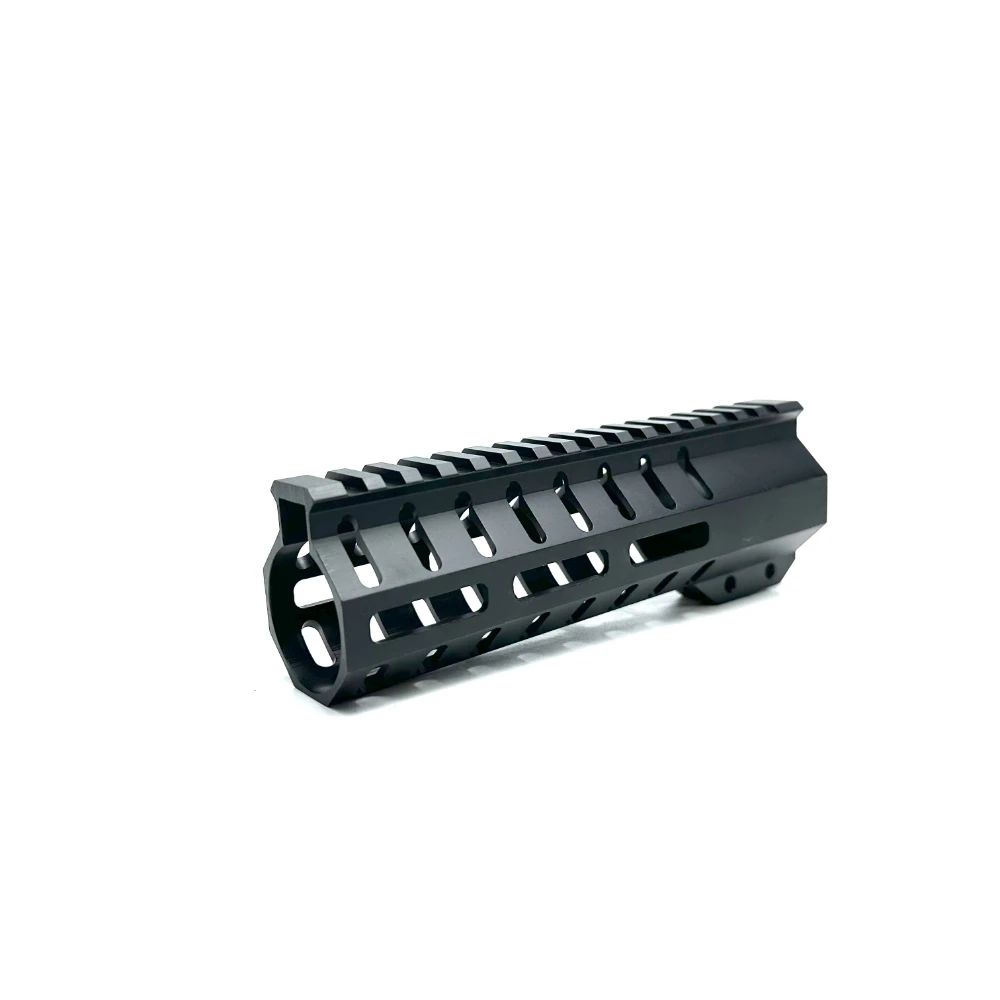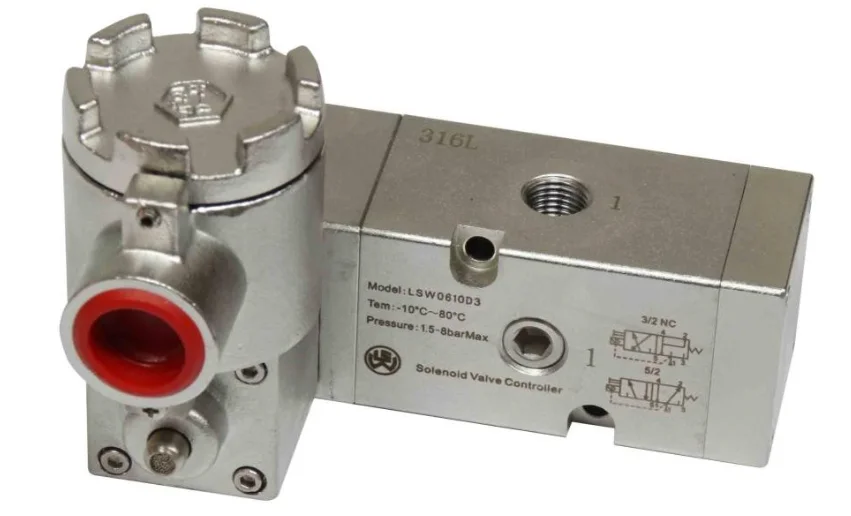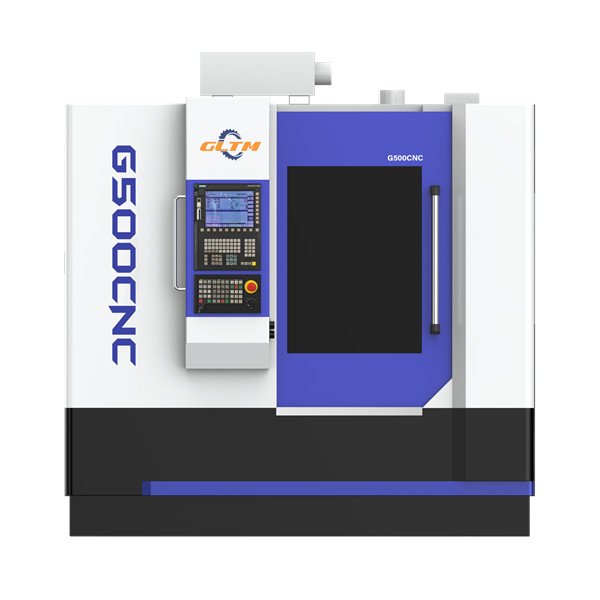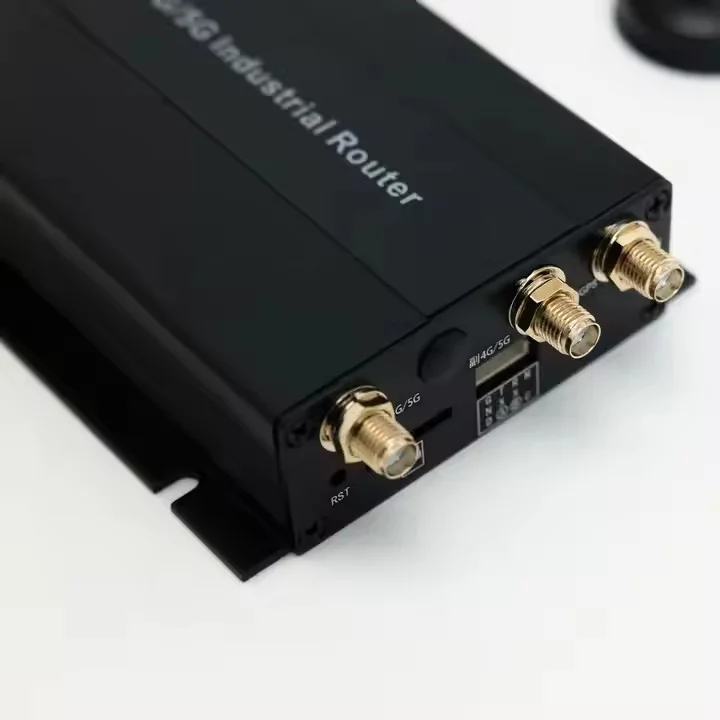Heat exchangers are critical components in a wide array of industrial processes, from power generation to chemical manufacturing and HVAC systems. They facilitate the transfer of heat between two or more fluids, ensuring efficiency and safety in operations. However, when a heat exchanger fails, the repercussions can be severe, leading to operational disruptions, financial losses, and safety hazards. In this article, we will explore the various implications of heat exchanger failures, the common causes, and the preventive measures that can be taken to mitigate risks.
The Implications of Heat Exchanger Failures
- Operational Disruptions
The immediate consequence of a heat exchanger failure is often a halt in operations. In industries where heat exchangers are integral to processes—such as oil refining or food processing—any downtime can lead to significant production losses. For instance, in a power plant, a malfunctioning heat exchanger can disrupt the steam cycle, leading to reduced electricity generation and potential grid instability.
- Financial Losses
The financial impact of a heat exchanger failure can be staggering. Beyond the direct costs associated with repairs and replacements, companies may face indirect costs such as lost revenue from halted production, penalties for failing to meet contractual obligations, and increased operational costs due to inefficiencies. According to industry estimates, the cost of unplanned downtime can reach thousands of dollars per hour, depending on the sector and scale of operations.
- Safety Hazards
Heat exchangers often operate under high pressure and temperature conditions. A failure can lead to leaks of hazardous materials, posing risks to personnel and the environment. For example, in chemical processing, a ruptured heat exchanger can release toxic substances, leading to potential health risks for workers and surrounding communities. Moreover, such incidents can result in regulatory fines and damage to a company’s reputation.
Common Causes of Heat Exchanger Failures
Understanding the root causes of heat exchanger failures is crucial for effective prevention. Some of the most common causes include:
- Corrosion
Corrosion is one of the leading causes of heat exchanger failures. Over time, the materials used in heat exchangers can degrade due to chemical reactions with the fluids they handle. This degradation can lead to leaks and reduced efficiency. Regular inspections and the use of corrosion-resistant materials can help mitigate this risk.
- Fouling
Fouling occurs when unwanted materials accumulate on the heat transfer surfaces, reducing efficiency and increasing operational costs. This buildup can lead to overheating and eventual failure of the heat exchanger. Implementing regular cleaning schedules and using advanced filtration systems can help prevent fouling.
- Thermal Shock
Thermal shock occurs when there is a rapid change in temperature, causing stress on the heat exchanger materials. This can lead to cracking or other forms of mechanical failure. Proper temperature management and gradual heating or cooling processes can help minimize the risk of thermal shock.
Preventive Measures
To avoid the dire consequences of heat exchanger failures, companies should adopt a proactive approach to maintenance and monitoring. Here are some effective strategies:
- Regular Inspections
Conducting regular inspections of heat exchangers can help identify potential issues before they escalate into failures. Utilizing advanced non-destructive testing methods can provide insights into the condition of the heat exchanger without disrupting operations.
- Predictive Maintenance
Implementing predictive maintenance strategies, such as vibration analysis and thermal imaging, can help detect early signs of wear and tear. By analyzing data trends, companies can schedule maintenance activities during planned downtimes, minimizing disruptions.
- Employee Training
Training employees on the proper operation and maintenance of heat exchangers is essential. A well-informed workforce can recognize early warning signs of potential failures and take appropriate action to mitigate risks.
Conclusion
Heat exchanger failures can have far-reaching consequences, impacting operational efficiency, financial stability, and safety. By understanding the implications of these failures and implementing preventive measures, companies can protect their assets and ensure the smooth operation of their processes. As industries continue to evolve, the importance of maintaining reliable heat exchangers cannot be overstated. Investing in regular maintenance, employee training, and advanced monitoring technologies will not only safeguard operations but also enhance overall productivity and profitability.






